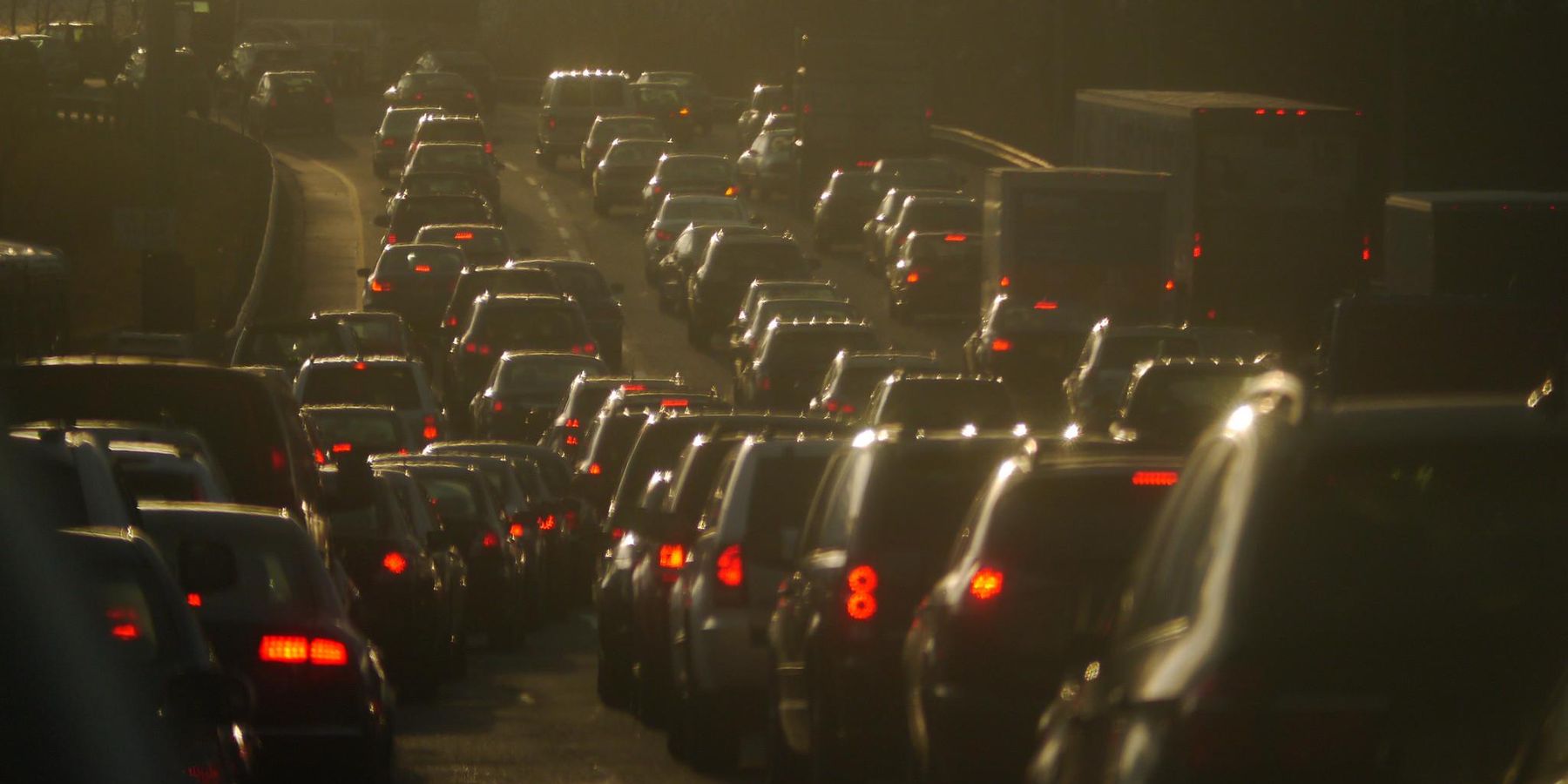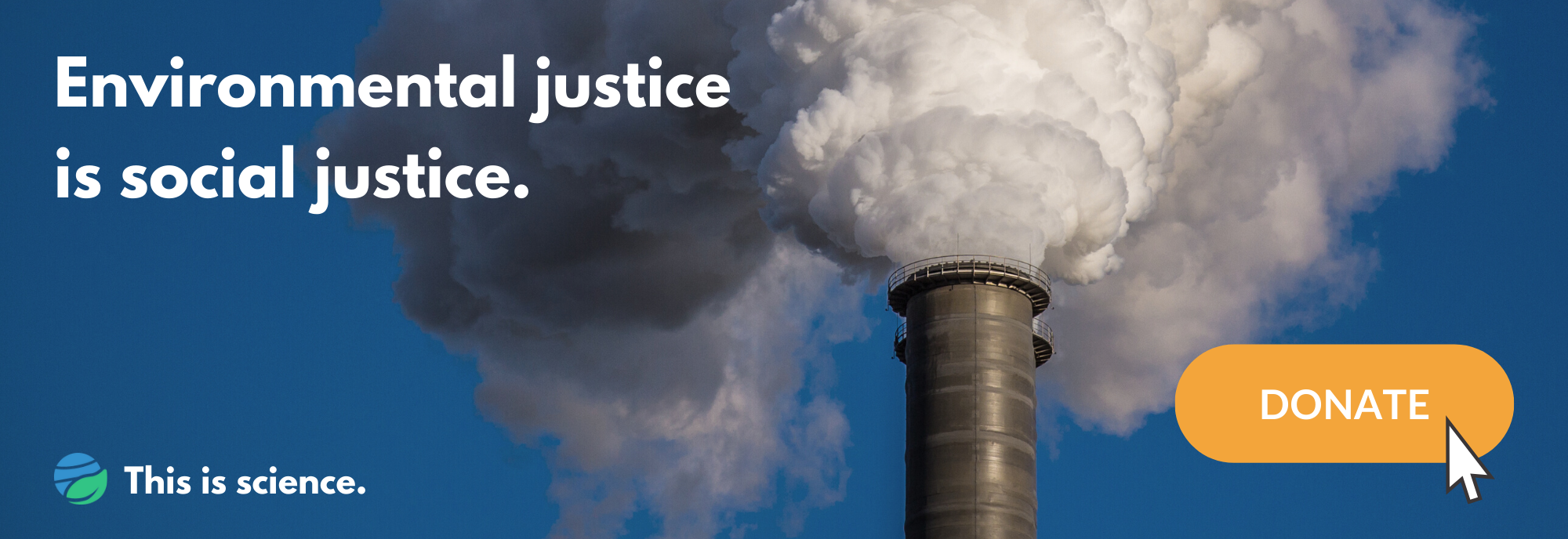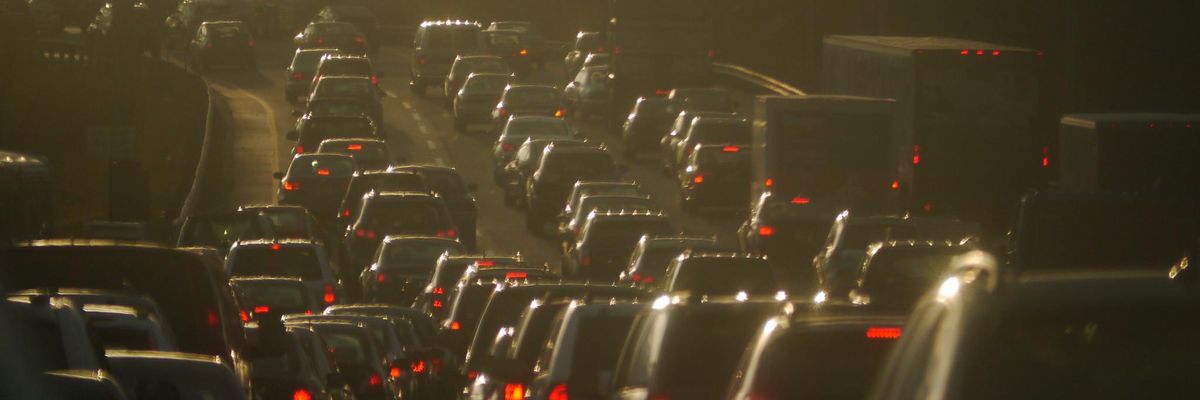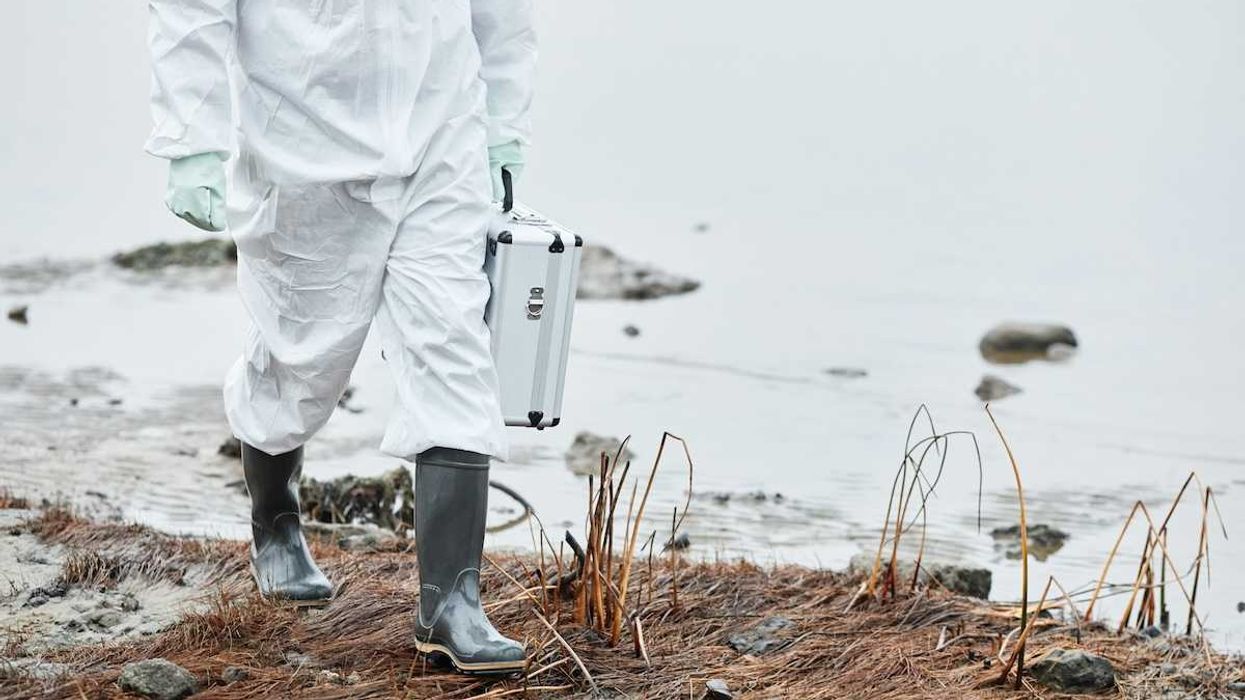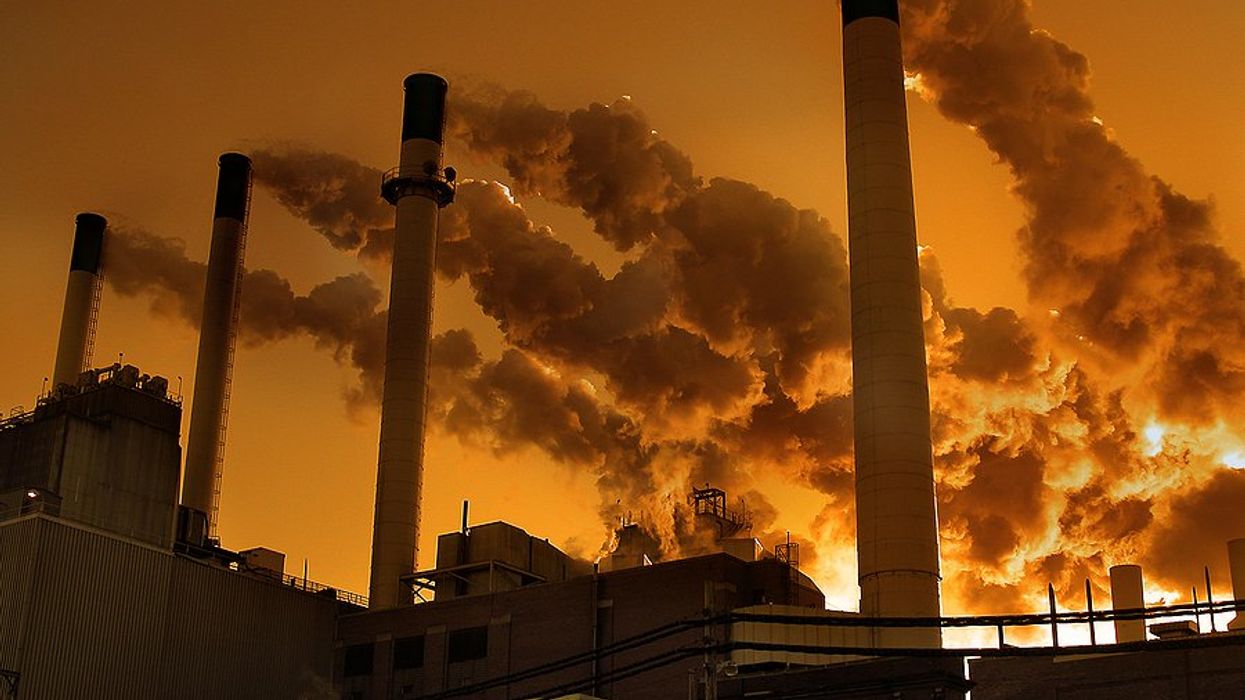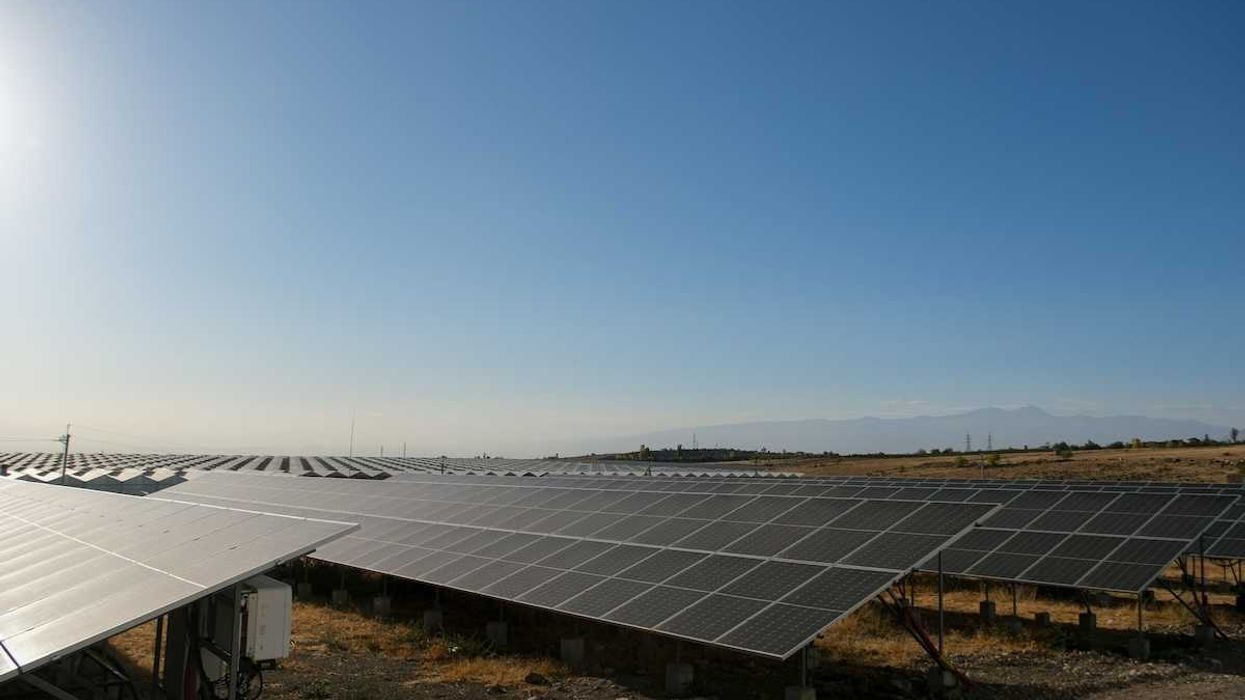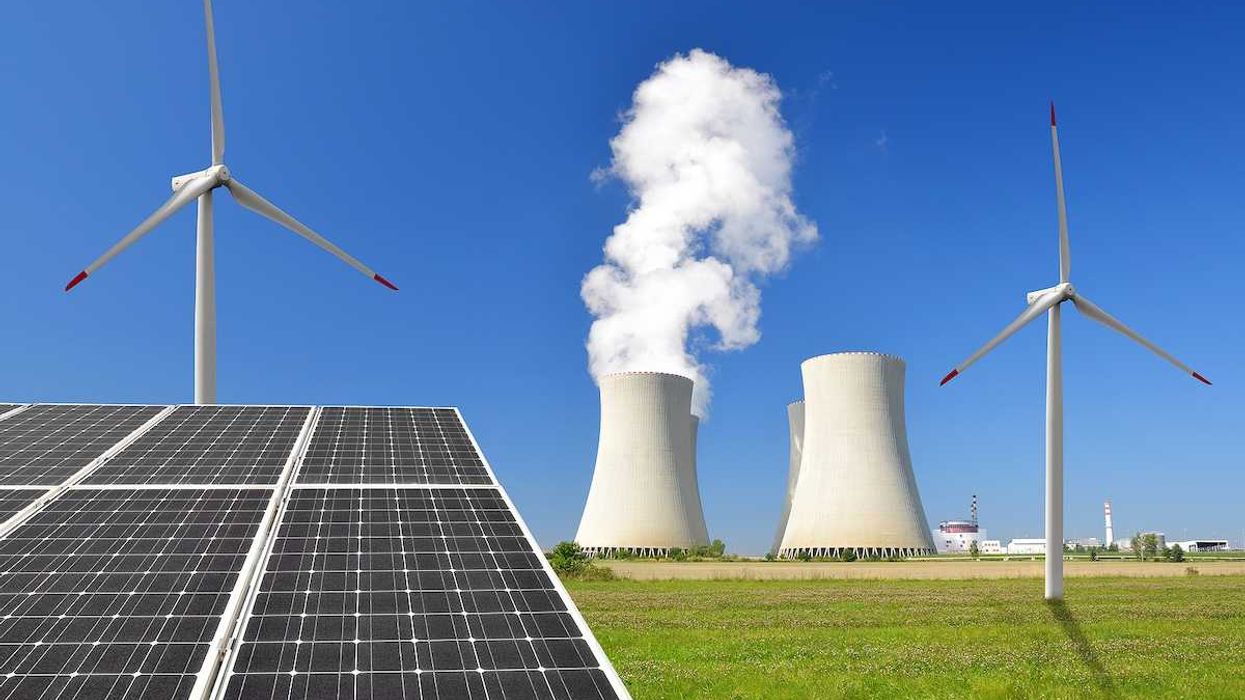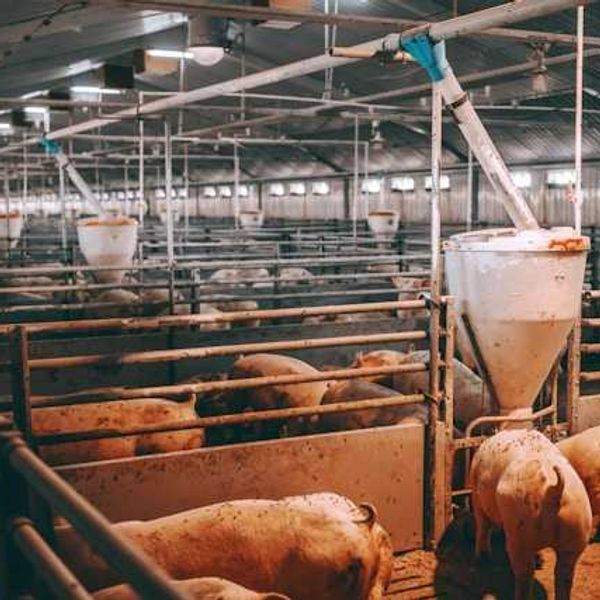PITTSBURGH — Public health advocates are calling on people impacted by air pollution to demand stricter federal air quality regulations from the U.S. Environmental Protection Agency (EPA), which is in the process of revising federal limits on PM2.5 pollution.
PM2.5 are toxic airborne pollution particles smaller than 2.5 micrometers in diameter (smaller than the width of a human hair) coming from industrial sources, traffic, wildfires and fossil fuel combustion, among other sources.
On Friday, the EPA released a proposal for new standards that would lower the limit for annual average PM2.5 pollution from 12 micrograms per cubic meter to between nine and 10 micrograms per cubic meter. This limit represents the maximum average level of air pollution inf a year before regulatory agencies take steps to lower emissions to protect public health.
The current standard was set in 2012 and left in place in 2020 under the Trump administration. The science on air pollution has evolved considerably since 2012, and many public health experts say the limits should be stricter. The World Health Organization, for instance, recommends an annual PM2.5 limit of 5 micrograms per cubic meter; and the scientific committee charged with reviewing U.S. federal standards in 2020 recommended an annual PM2.5 limit of 8 micrograms per cubic meter.
“We are deeply disappointed that EPA’s proposal today did not include a standard of 8 micrograms per cubic meter,” Harold Wimmer, President and CEO of the American Lung Association, said in a statement. “More protective standards are necessary to drive cleanup nationwide in communities that currently experience unhealthy levels of deadly particle pollution.”
Those communities include many in Pittsburgh and western Pennsylvania. Allegheny County, which encompasses Pittsburgh, ranks in the top 1 percent of counties in the U.S. for cancer risk from industrial air pollution. Communities near polluting facilities and elevated PM2.5 exposure also experience higher risk for asthma, lung disease, heart disease and even mental illness.
Local environmental health advocates are joining national health organizations and experts in demanding stricter federal air pollution standards and are calling on impacted residents to participate in upcoming EPA hearings over the next two months.
“We need everyone in our region which continues to experience poor air quality, especially people in the Mon Valley environmental justice region, to participate in the upcoming EPA hearings so that their voices can be heard about ongoing, terrible air pollution problems that exist in our area,” Matthew Mehalik, executive director of the Breathe Project, a Pittsburgh-based collaborative of more than 50 regional and national environmental advocacy groups, said in a press statement.
Daily PM2.5 exposure
Mehalik added that strengthening the daily PM2.5 limit, in addition to the annual threshold, would help “stop the horrible, overnight pollution episodes that plague our region.” He was referring to the super pollution events seen in the region, fueled by industry’s large emissions that get trapped close to the ground due to topography and weather conditions.
While the annual average for PM2.5 deals with the average level of pollution in the air over the course of a year, strengthening the daily PM2.5 would reduce the amount of air pollution that can be released in a 24-hour period. These limits are most impactful to people living near polluting facilities, since even brief spikes in air pollution exposure are linked to corresponding spikes in hospital visits for heart disease, respiratory illness, mental illness and premature deaths.
"For thousands of our neighbors in Allegheny County, this is not a quality of life issue, it is a life or death issue,” Myron Arnowitt, Pennsylvania director for Clean Water Action, said in a statement.
The EPA’s proposed update has no changes to the 24-hour PM2.5 standard, which was set to 35 micrograms per cubic meter in 2012. Public health advocacy groups, including the American Lung Association and the Breathe Project, are calling for the 24-hour standard to be lowered to 25 micrograms per cubic meter.
Environmental health advocates at the state level, including PennEnvironment, PennFuture, Pennsylvania Interfaith Power & Light and the Pennsylvania chapter of the Sierra Club, are also calling for stricter federal air pollution standards.
Public comments aren’t yet open and the dates for public hearings on the new proposed rules have not yet been set. Updates will be announced on the EPA website.- A new monitor could revolutionize the way air pollution is regulated ›
- Is air pollution worsening kids’ mental health? ›
- Tiny particles of air pollution appear more deadly if from human-made sources ›
- Listen: EHN reporter discusses EPA's new proposed air pollution limits - EHN ›

